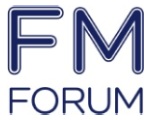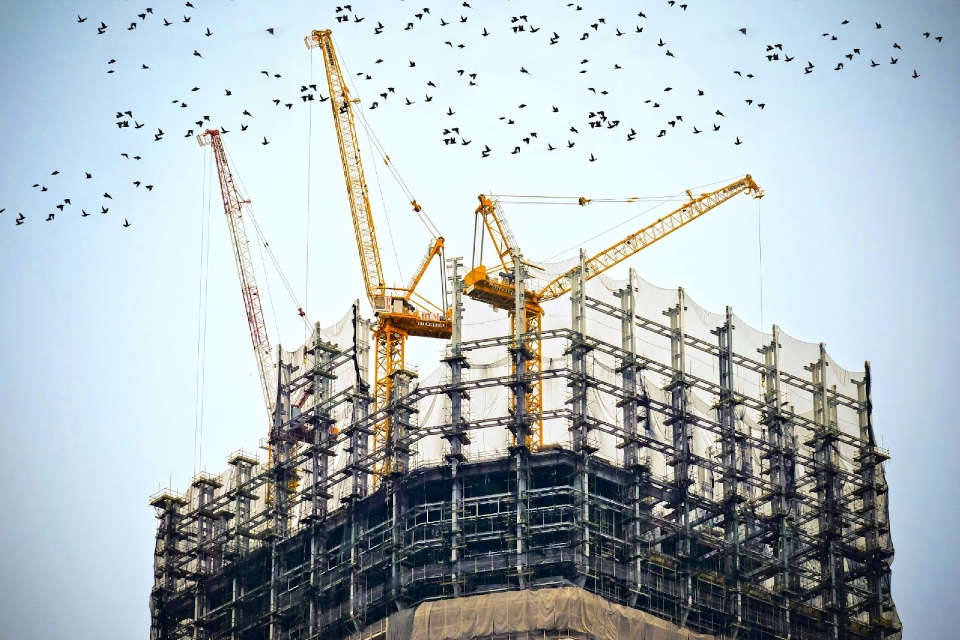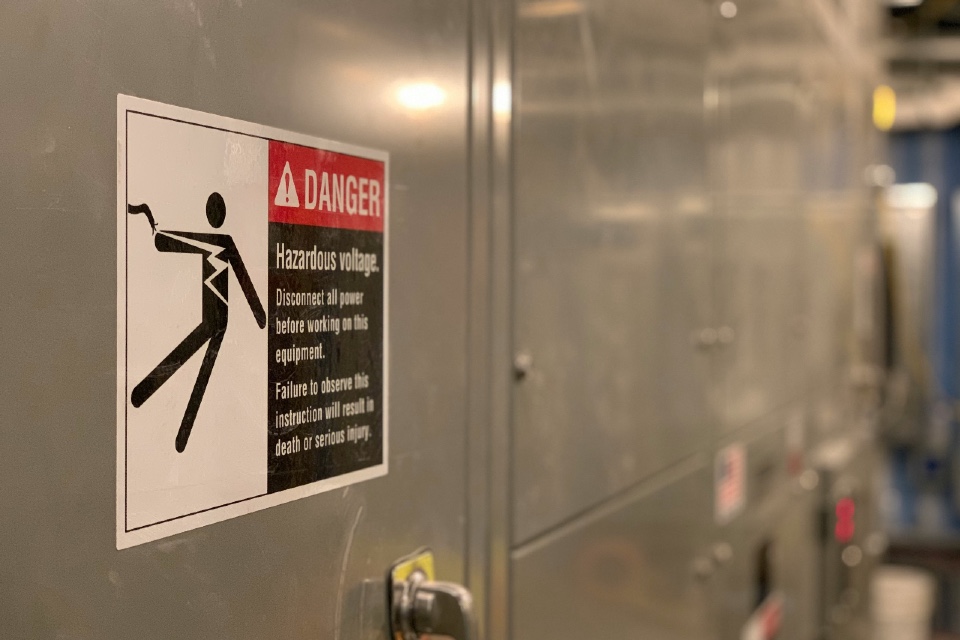Would you know what to do in the event of a workplace emergency? If one of your co-workers had an accident or became seriously unwell at work, who would take charge of the situation?
Each year, approximately 30,000 people in the UK have a sudden cardiac arrest (SCA) outside of a hospital environment. Without immediate emergency medical treatment, 90-95% of SCA victims will die.
Knowing what to do if a co-worker suffers a cardiac arrest at work can make the difference between life and death. When someone has a cardiac arrest, every second counts. Every minute that passes without a victim being given effective CPR and defibrillation reduces their chance of survival by 7-10%.
If a defibrillator is used and effective CPR is performed within 3-5 minutes of cardiac arrest, the victim’s chance of survival and recovery increases dramatically, from 6% to 74%.
Just like accidents and injuries, heart attacks and cardiac arrests can strike at any time without any warning. Although not always required by law, having someone in the workplace who has been trained in emergency first aid at work could help to save a life.
Knowing how to perform CPR and having access to a defibrillator in the workplace are life-saving first-aid essentials. Everyone should know what to do if they become a bystander to a cardiac arrest or heart attack. Would you
Sudden Cardiac Arrest or Heart Attack?
It’s important to understand the difference between a sudden cardiac arrest and a heart attack, as each requires very different treatment.
What Is a Heart Attack?
A heart attack occurs when a blockage in an artery prevents blood from reaching the heart. Heart-attack victims can experience a range of different symptoms, including…
- Discomfort in the chest, back or jaw
- Shortness of breath
- Cold sweats
- Nausea
Symptoms can come on suddenly or gradually over the course of a few days or weeks. Although the heart does not usually stop beating, heart attacks can lead to cardiac arrest if they are left untreated. If the blocked artery isn’t cleared and blood flow isn’t restored, that affected section of heart can begin to die. The longer the blockage remains, the greater the damage caused.
What Do I Do if Someone at Work Suffers a Heart Attack?
Step One
If you suspect someone is having a heart attack…
- Phone 999 immediately
- Advise the operator of the victim’s symptoms
Step Two
If the victim is not allergic, give them an aspirin tablet and ask them to chew and swallow it. This will help to thin the blood and allow it to flow more easily.
Step Three
If the victim loses consciousness, begin CPR to help pump blood to vital organs. Stay with them until the paramedics arrive.
What Is a Sudden Cardiac Arrest?
A sudden cardiac arrest is an electrical malfunction of the heart, which stops the heart beating and prevents blood from being pumped around the body. As the name suggests, SCAs can occur very suddenly, often with no warning. The victim will collapse immediately and death can occur within minutes if the correct treatment isn’t used.
Someone who has suffered an SCA will have no pulse, meaning they are clinically dead. The only way to save a person who has had an SCA is to help immediately by using CPR and a defibrillator.
What Is a Defibrillator and Why Do I Need One?
A defibrillator is a device that analyses the victim’s heart rhythm and delivers a shock to them if needed.
What Should I Do If Someone Near Me at Work Suffers a Sudden Cardiac Arrest?
Step One
If someone collapses…
- First check their responses and see if they are breathing. Can’t detect breathing? This could be a sign that they have suffered an SCA.
- Phone 999 immediately.
- The 999 operator will guide you through CPR and tell you where the nearest defibrillator is.
Step Two
After you have called the emergency services and established that the victim is suffering from an SCA, you will need to begin CPR:
- Place the heel of your hand on the breastbone in the centre of the victim’s chest. Your other hand should be placed on top, with your fingers interlocked.
- With your shoulders positioned directly above your hands, press down 5-6cm using your bodyweight.
- Keeping your fingers interlocked and your hands on the victim’s chest, allow their chest to come back to its original position.
- Repeat this process rate of 100-120 compressions per minute until the paramedics arrive or a defibrillator is located.
If you have been trained in CPR, including rescue-breaths, you should give chest compressions with rescue-breaths. Do not do this unless you have been trained and feel confident using your skills; attempt hands-only CPR instead (as above).
Step Three
If an automated external defibrillator (AED) is available, you must being using it as soon as possible.
How to use an AED:
- Turn the AED on and follow the voice or visual prompts.
- The AED will advise you when to stop administering CPR so that it can analyse the victim’s heart rhythm.
- If a shock is needed, the AED will administer one. An AED can’t perform a shock on someone who is not suffering from an SCA.
- Continue with CPR between shocks until the paramedics arrive.
Portable Defibrillators for the Workplace
Each week in the UK, 100 people are struck down by sudden cardiac arrests in the workplace. Without CPR and defibrillation, many of these people will die. Does your workplace have an AED in place? Sudden cardiac arrests can strike anytime, anywhere. Invest in a portable AED for your workplace and help prevent more needless deaths from cardiac arrest.







